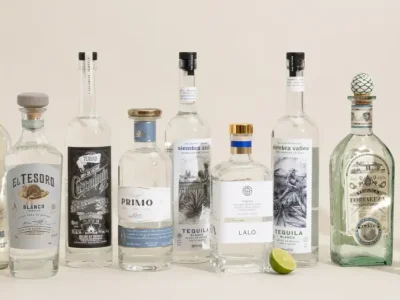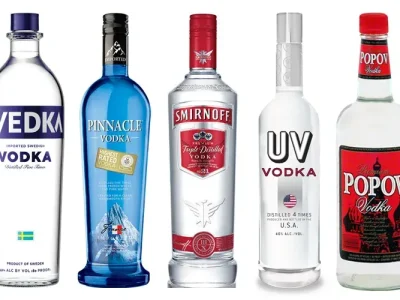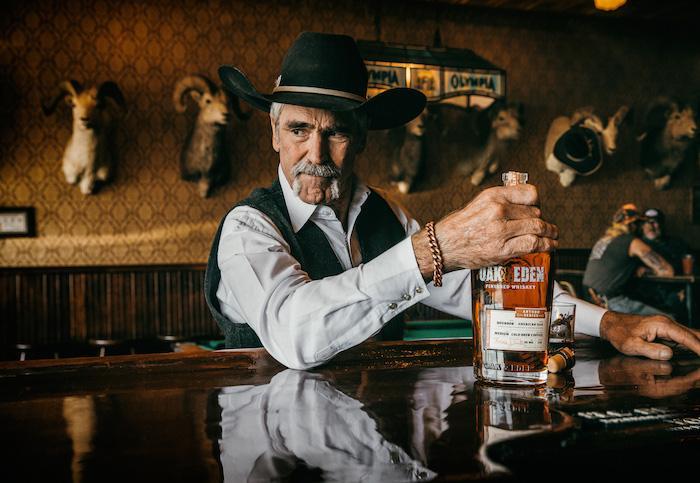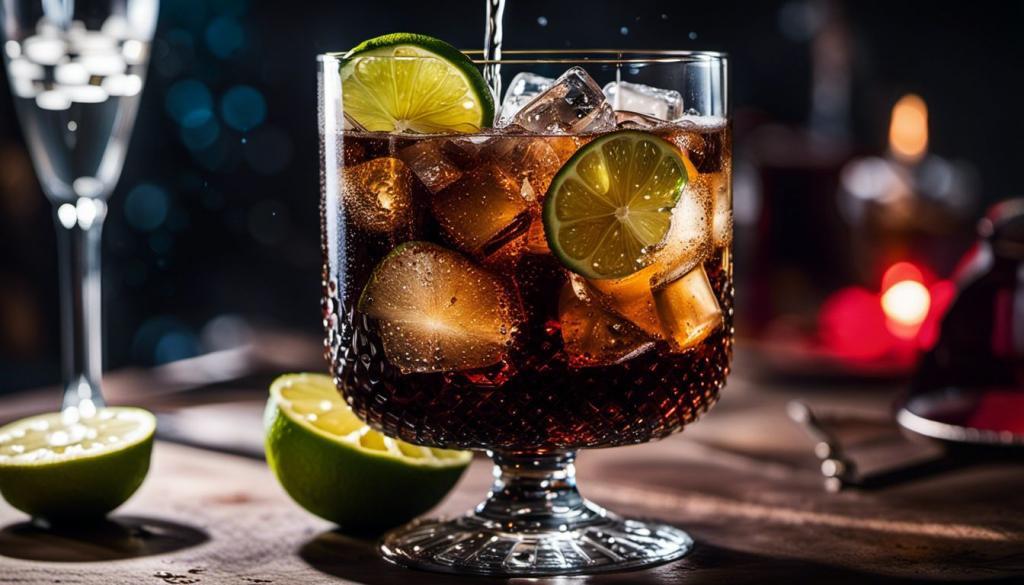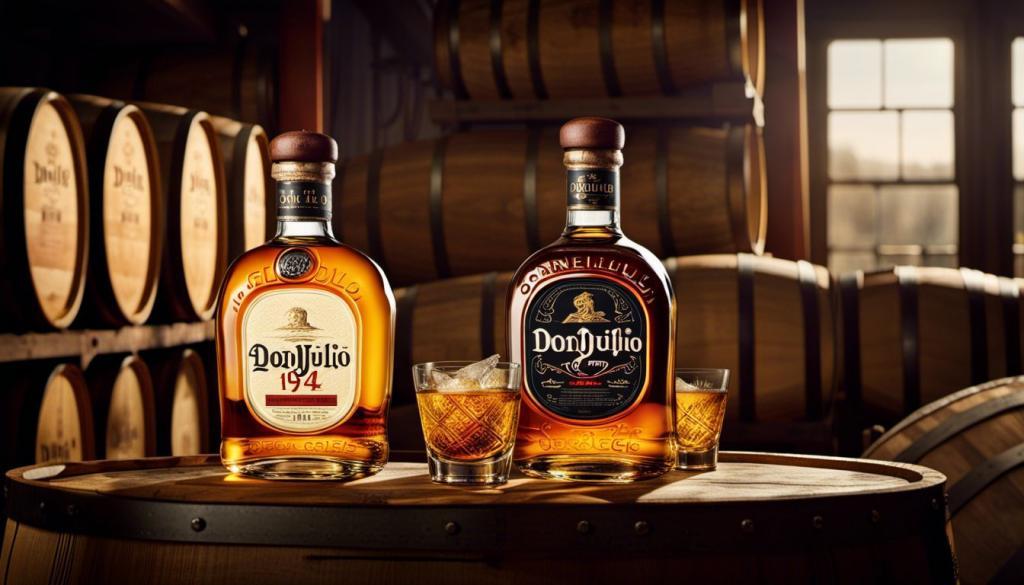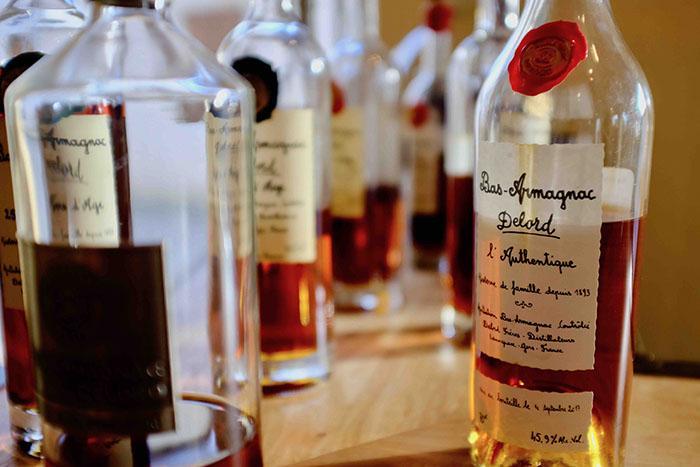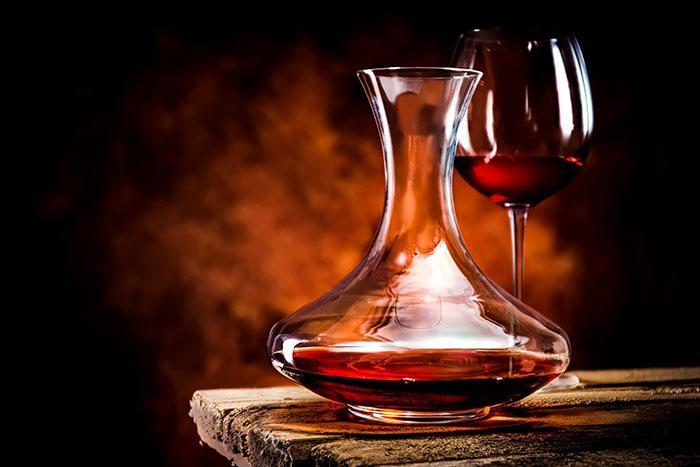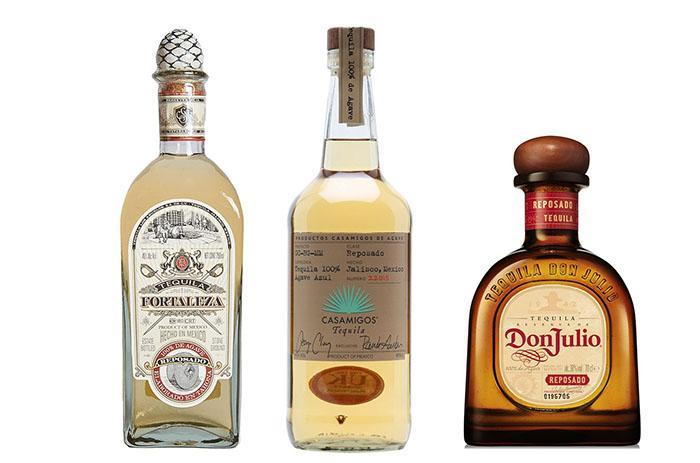Understanding the differences between popular Asian liquors can be quite a task.
Did you know that Soju is the world’s top-selling spirit, while Shochu is Japan’s most favorite?
You Are Watching: Shochu Vs Soju Updated 12/2025
This article will guide you through an in-depth comparison of these two beloved liquors – their origins, production process, taste profiles and more.
Stay tuned! Let’s unravel this alcohol mystery together.
What is Soju?
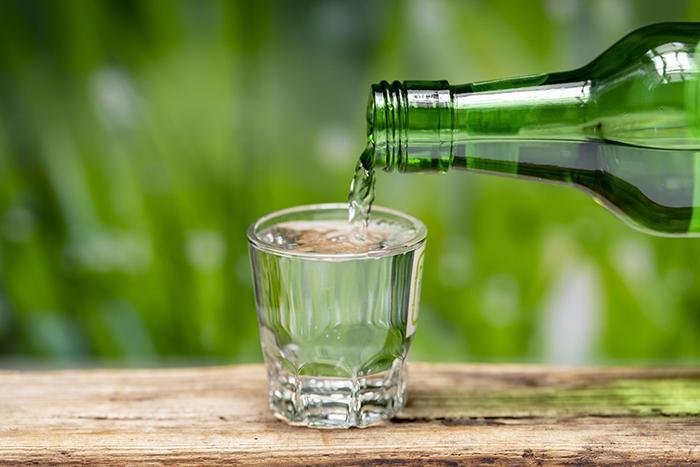
Soju is a Korean spirit that is popular for its lower alcohol content, typically ranging from 16-20% ABV, and is made by distilling grains such as rice or barley.
Ingredients and production
Soju and shochu are both hailed for their distinct production processes, made from a range of base ingredients that give each liquor its unique flavor profile.
- Soju’s key ingredient is rice, although it can also be produced from wheat or barley.
- It follows a distilled process similar to vodka, ensuring its clear color and crisp taste.
- The production method involves fermenting the grains in a tank with yeast and water.
- Once fermentation is over, the liquid is distilled to produce soju with an alcohol content between 16-20%.
- Shochu primarily uses sweet potatoes or barley as its base ingredient, although brown sugar, buckwheat, or even rice are frequently used.
- Unlike soju, the making of shochu involves two stages of fermentation before it’s distilled.
- This double – distillation lends shochu a higher alcohol content ranging from 25% up to 45% ABV.
- Guided by Japan’s strict legal framework for its production, traditional methods are often employed in creating shochu.
Popular in Korea
Soju, a traditional Korean liquor, is incredibly popular in Korea and has gained popularity worldwide.
It is often considered the national drink of Korea due to its rich history and cultural significance.
Soju is made from grains like rice or barley and undergoes multiple distillation processes to achieve a clear and smooth taste.
With an alcohol content of around 16-20%, soju is known for its drinkability and mild sweetness.
This versatile spirit can be enjoyed straight, mixed with various ingredients, or used as a base for cocktails.
Whether you’re exploring Korean cuisine or simply looking for a refreshing beverage option, soju offers a unique drinking experience that appeals to both locals and global consumers alike.
Lower alcohol content
Soju is known for its lower alcohol content compared to other distilled spirits. With an average alcohol content of around 16-20% ABV, it offers a milder and more approachable drinking experience.
This makes it a popular choice for those who prefer lighter alcoholic beverages that can be enjoyed over a longer period of time without feeling overwhelmed.
Soju’s lower alcohol content also contributes to its versatility in cocktails, as it blends well with other ingredients while still maintaining its unique flavors.
Whether you’re sipping it neat or mixed into your favorite cocktail, soju delivers a smooth and enjoyable drinking experience for all occasions.
What is Shochu?
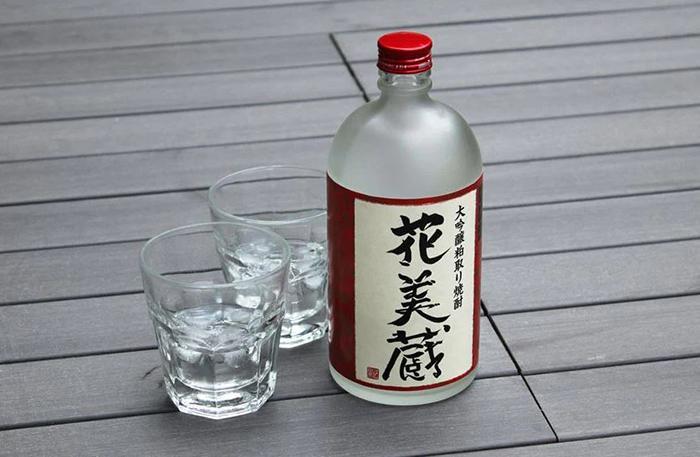
Shochu is a Japanese distilled spirit made from ingredients such as rice, barley, sweet potatoes, buckwheat, or brown sugar.
Ingredients and production
Shochu and soju are both distilled spirits made from different base ingredients. Here’s a breakdown of the ingredients and production processes for each:
Shochu:
- Made from a variety of base ingredients such as rice, barley, sweet potatoes, buckwheat, or brown sugar.
- The chosen ingredient is fermented using koji mold, which converts starches into fermentable sugars.
- The resulting mash is then distilled to produce shochu.
- Shochu production in Japan is regulated by strict legal frameworks that define the ingredients and production methods.
Soju:
- Traditionally made from rice but can also be produced from other grains like wheat, barley, or tapioca.
- The grains are first fermented to produce a mash.
- The mash is then distilled to create soju.
- Unlike shochu, soju does not have specific regulations regarding its ingredients or production process.
Popular in Japan
Shochu is an incredibly popular spirit in Japan, with a rich cultural significance. It is considered one of the top-selling liquors and has a strong presence in Japanese drinking culture.
Distilled from grains such as rice, barley, sweet potatoes, buckwheat, or brown sugar, shochu offers a diverse range of flavors that cater to different palates.
With an alcohol content that can range from 25-45% ABV, this clear liquor packs quite a punch.
Enjoyed neat or on the rocks, shochu is also commonly used as a key ingredient in cocktails.
Its popularity within Japan speaks volumes about its unique taste and versatility.
Higher alcohol content
Shochu and soju differ significantly when it comes to alcohol content. While both are distilled spirits, shochu generally has a higher alcohol content compared to soju.
Shochu can range anywhere from 25% to 45% ABV, depending on the type and production method.
On the other hand, soju usually has an alcohol content of around 16-20% ABV, making it slightly less potent than shochu.
This difference in alcohol content contributes to the unique flavor profiles of these Asian liquors and allows for a diverse range of drinking experiences.
Whether you prefer the stronger punch of shochu or the smoother sipping quality of soju, there’s no denying that both spirits have their own appeal within their respective cultures.
Differences Between Soju and Shochu
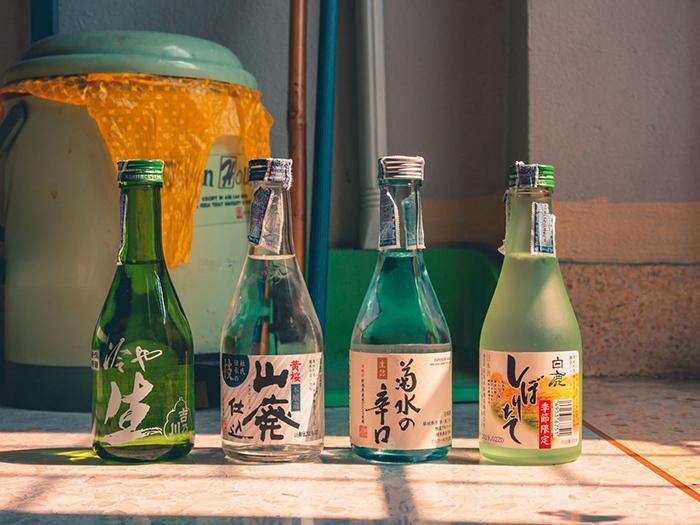
Origin and cultural significance
Soju and shochu have distinct origins and cultural significance that make them unique spirits in their respective countries.
Read More : How Much Is A Mocktail On Royal Caribbean Updated 12/2025
Soju, native to Korea, has a long history dating back to the 13th century when it was first distilled.
It holds a special place in Korean culture as an essential part of social gatherings and traditional rituals. On the other hand, shochu is deeply rooted in Japanese traditions and is considered one of Japan’s most beloved beverages.
Its production methods have been refined over centuries, making it an integral part of Japanese culinary heritage.
Both soju and shochu carry cultural significance beyond being just alcoholic drinks, representing the rich histories and traditions of their respective nations.
Alcohol content
Soju and shochu have distinct differences in their alcohol content. Soju typically has an alcohol content ranging from 16% to 20%, making it a lighter option compared to other spirits.
On the other hand, shochu can have a higher alcohol content, ranging from 25% to 45% ABV.
This means that shochu packs a stronger punch and is often enjoyed by those seeking a more potent drink.
Whether you prefer the smoothness of soju or the intensity of shochu, both offer unique experiences for those looking to explore Asian liquors.
Taste profile
Soju and shochu have distinct taste profiles that set them apart from each other.
Soju is known for its smoothness, lightness, and slightly sweet flavor. It has a clean and crisp taste with subtle notes of fruitiness.
The alcohol content in soju is lower compared to shochu, which contributes to its milder flavor profile.
On the other hand, shochu offers a more diverse range of flavors. Depending on the base ingredients used in its production, it can have a rich and complex taste profile.
Shochu made from rice tends to have a delicate and earthy flavor, while varieties made from barley or sweet potatoes offer more robust and nutty undertones.
Both soju and shochu provide unique tasting experiences that cater to different preferences. Soju’s lighter and sweeter taste makes it incredibly easy to drink on its own or mixed with various ingredients in cocktails.
On the other hand, shochu’s diverse flavor profile allows for experimentation in cocktail creations or enjoying it neat or on the rocks.
Usage in cocktails
- Soju is a versatile spirit that is commonly used in cocktails due to its mild flavor and lower alcohol content.
- It can be mixed with various ingredients like fruit juices, soda, or flavored syrups to create refreshing and fruity concoctions.
- Some popular soju – based cocktails include the Soju Mojito, Watermelon Soju, and Soju Martini.
- Soju’s subtle taste allows it to blend well with other flavors without overpowering them, making it a favorite choice for creative mixologists.
- Shochu, on the other hand, is less commonly used in cocktails compared to soju.
- This is mainly because shochu has a higher alcohol content and more complex flavor profile, which may not always complement other cocktail ingredients.
- However, there are still some cocktail recipes that incorporate shochu for those who enjoy its unique taste.
- Shochu – based cocktails often highlight the spirit’s natural flavors by using minimal mixers or opting for complementary ingredients like citrus fruits or herbs.
- The Mizuwari and Chu – hai are popular shochu cocktails in Japan.
- These cocktails allow the distinct characteristics of shochu to shine through while providing a refreshing and enjoyable drinking experience.
Conclusion
In conclusion, the battle between Shochu and Soju boils down to personal preference.
Soju’s drinkability and sweetness make it a favorite for many, while shochu offers a diverse range of flavors that appeal to a broader audience.
Whether you’re sipping on traditional Japanese shochu or enjoying some Korean soju cocktails, both spirits have their own unique charm that can be appreciated by alcohol enthusiasts worldwide.
Sources: https://chesbrewco.com
Category: Wine

